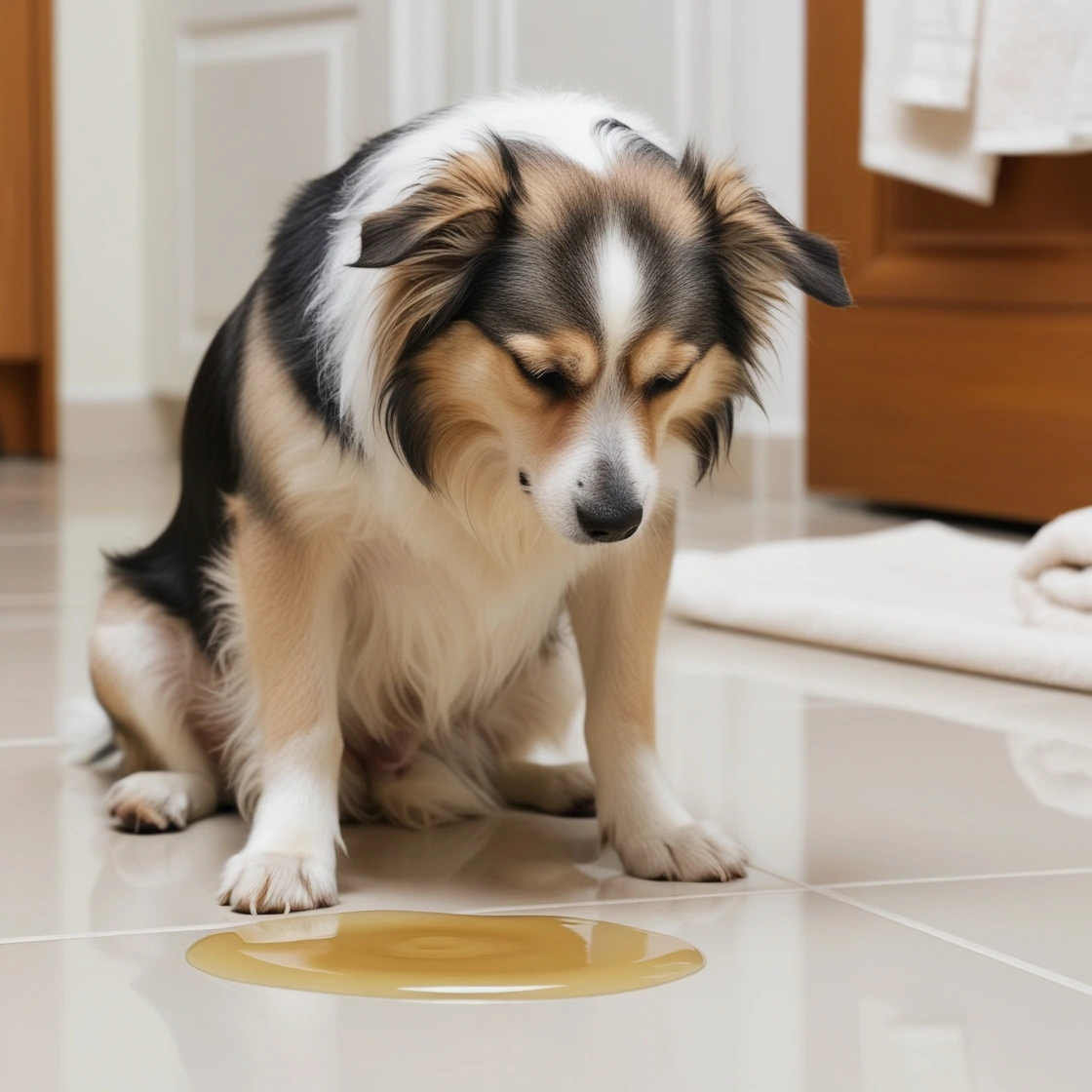Understanding Grape Toxicity in Dogs
Why Grapes Are Toxic for Dogs
Grapes and raisins are among the most hazardous foods for dogs, even in minimal quantities. While the exact toxic compound in grapes remains unknown, the consequences of ingestion can be devastating, primarily causing acute kidney failure. This condition can quickly become life-threatening if not addressed. Raisins, being dried and concentrated forms of grapes, are especially potent, amplifying the risk significantly.
The universal susceptibility of dogs, regardless of breed, age, or size, underscores the need for awareness among pet owners. Even a single grape can be enough to trigger severe reactions, especially in small dogs. For larger breeds, the quantity required for toxicity may vary, but the risk is never negligible.
Symptoms of Grape Poisoning in Dogs
Grape toxicity symptoms can appear mere hours after ingestion. Vomiting is often the first and most noticeable sign, typically occurring within two to six hours. Diarrhea, lethargy, and decreased appetite may soon follow. https://www.joiipetcare.com/health-conditions/dog/grape-and-raisin-poisoning/
If left untreated, these symptoms can escalate, indicating kidney damage. Advanced signs include increased thirst, decreased urination, or complete cessation, signaling the kidneys are failing to filter waste. Other severe symptoms may include abdominal pain and bad breath from toxin buildup in the bloodstream. Immediate veterinary care is critical to prevent irreversible harm. https://www.vetpetdiet.com/emesis-in-pets-the-1-ultimate-guide/

Immediate Steps to Take if Your Dog Eats Grapes
Assessing the Situation
The first step is to determine how many grapes your dog consumed and how recently. Consider their size and weight; smaller dogs are at a higher risk from smaller quantities. If you are unsure of the exact amount ingested, err on the side of caution and act quickly.
Contacting Your Veterinarian
Your veterinarian should be the first point of contact in such emergencies. Share vital details, including your dog’s age, breed, size, and the estimated number of grapes eaten. This information helps the vet assess the situation and recommend immediate actions. Prompt professional guidance can make a life-saving difference.
Inducing Vomiting: When and How
In certain situations, the vet might recommend inducing vomiting to expel the grapes before they are fully digested. This is often achieved by carefully administering a small amount of hydrogen peroxide. However, this procedure should only be performed under veterinary supervision, as improper techniques or timing can cause additional harm.
Medical Treatment for Grape Ingestion
Diagnostic Steps at the Vet
Veterinary care often begins with diagnostic tests to assess the dog’s kidney function. Blood and urine analyses help detect early signs of damage, while physical examinations determine the severity of the condition. These steps are essential for creating a tailored treatment plan.
Possible Treatments for Poisoning
Treatment typically includes activated charcoal to absorb toxins in the stomach and intravenous fluids to support kidney function and maintain hydration. In severe cases, hospitalization may be required for round-the-clock monitoring and intensive care. Dialysis is sometimes necessary to filter toxins from the bloodstream in critical situations.
Preventing Grape Ingestion
Keeping Grapes and Raisins Out of Reach
Prevention begins with securing all foods that are toxic to dogs. Store grapes, raisins, and related items in sealed containers, out of your pet’s reach. Educate everyone in your household, including guests, about the dangers of feeding these foods to dogs.
Training Dogs to Avoid Dangerous Foods
Teaching commands like “leave it” can save your dog’s life. Positive reinforcement during training ensures your dog learns to avoid forbidden items. Consistently applying these commands helps prevent accidental ingestion.
Common Myths About Grapes and Dogs
Debunking Misconceptions About Small Quantities
One common myth is that a small number of grapes are harmless. This is false; even a single grape can trigger severe health issues in sensitive dogs. Always err on the side of caution and consult a vet.
Understanding Individual Dog Sensitivity
Every dog reacts differently to grape toxicity, with some being more sensitive than others. Factors such as genetics, age, and overall health play a role. However, there is no reliable way to predict how a specific dog will react, making prevention crucial for all breeds.
Long-Term Care and Monitoring
Following Up After Treatment
After emergency care, closely monitor your dog for any lingering symptoms, such as changes in appetite, urination, or energy levels. Follow your veterinarian’s advice regarding follow-up visits and additional tests to ensure full recovery.
Protecting Your Dog’s Overall Health
Routine veterinary check-ups and a balanced diet are essential for long-term well-being. A proactive approach to health can prevent future emergencies and improve your dog’s quality of life.
Final Tips for Pet Safety
Recognizing Common Food Hazards for Dogs
Beyond grapes, other common foods like chocolate, onions, and xylitol pose serious risks to dogs. Educate yourself and others about these hazards to create a safe environment for your pet.
Creating a Safe Environment for Your Pet
Pet-proofing your home involves more than securing food. Ensure trash cans have lids, and avoid leaving harmful items on counters or tables. Supervise your dog during meals to prevent accidental ingestion. A vigilant approach fosters a safer environment and a healthier pet.
By understanding the risks of grape toxicity and taking preventive measures, you can protect your dog and ensure their safety and happiness for years to come.




